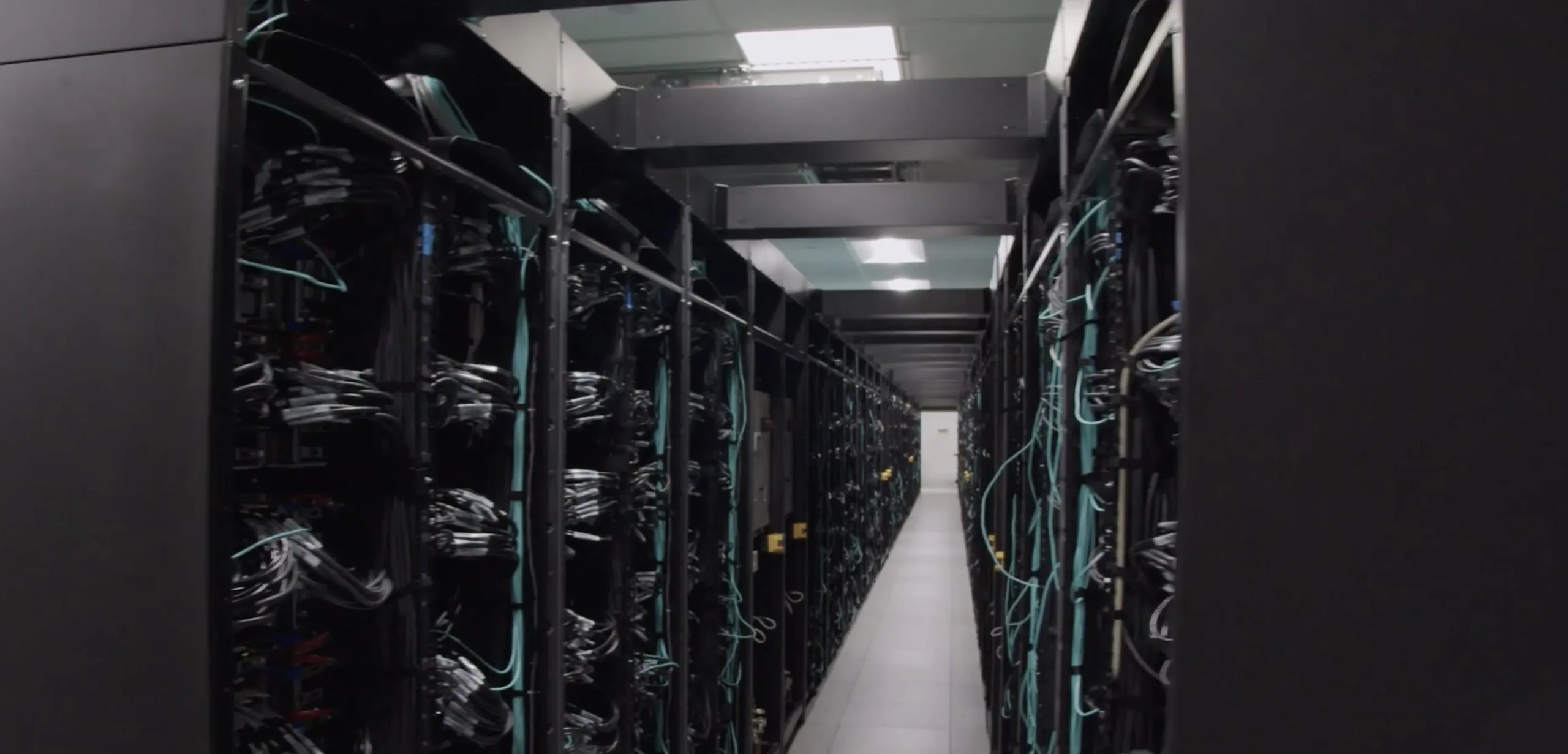The Frontier system at Oak Ridge National Laboratory in Tennessee remains the most powerful supercomputer, with an HPL score of 1.206 EFlop/s. The Aurora system at the Argonne Leadership Computing Facility in Illinois is now the second machine to officially break the exascale barrier with an HPL score of 1.012 EFlop/s. The Eagle system on the Microsoft Azure Cloud is the highest-ranking cloud system on the TOP500. The only new system to enter the Top 10 is the Alps machine from the Swiss National Supercomputing Centre in Switzerland.
Frontier and Aurora: The Exascale Titans
The 63rd edition of the TOP500 list, ranking the world’s most powerful supercomputers, has revealed that the Frontier system at Oak Ridge National Laboratory in Tennessee, USA, continues to hold the top spot. Despite facing competition from other exascale machines, Frontier’s High-Performance Linpack (HPL) score of 1.206 EFlop/s, combined with its impressive power efficiency rating of 52.93 GFlops/Watt, secures its position as the most powerful system on the list.
The Aurora system at the Argonne Leadership Computing Facility in Illinois, USA, has claimed the second spot on the TOP500. Although still in the commissioning phase and incomplete, Aurora has officially broken the exascale barrier with an HPL score of 1.012 EFlop/s. This is a significant improvement over its previous score of 585.34 PFlop/s. The system is based on HPE Cray EX- Intel Exascale Computer Blade and uses Intel Xeon CPU Max series processors, Intel Data Center GPU Max Series accelerators, and a Slingshot-11 interconnect.
The Top 10 Supercomputers
The Eagle system, installed on the Microsoft Azure Cloud in the USA, has reclaimed the third spot on the TOP500 list. This Microsoft NDv5 system, which is based on Intel Xeon Platinum 8480C processors and NVIDIA H100 accelerators, has an HPL score of 561.2 PFlop/s.
Fugaku, based in Kobe, Japan, has retained its fourth spot from the previous list. Despite holding the top spot from June 2020 until November 2021, Fugaku remains the highest-ranked system outside the USA with an HPL score of 442 PFlop/s.
The LUMI system at EuroHPC/CSC in Finland has also maintained its fifth spot with an HPL score of 380 PFlop/s. This machine is the largest system in Europe.
The only new system to enter the Top 10 is the Alps machine from the Swiss National Supercomputing Centre (CSCS) in Switzerland, which achieved an HPL score of 270 PFlop/s and secured the sixth spot.
Global Supercomputing Landscape
The 63rd edition of the TOP500 list also reveals that Intel, AMD, and IBM processors continue to be the preferred choices for the top HPC systems. Out of the Top 10, five systems use Intel Xeon processors, two use AMD processors, and one system uses IBM processors.
In terms of geographical representation, the United States and China continue to dominate the list. The United States added seven systems over the previous list, bringing its total number of systems to 168. China, however, saw a decrease in its number of representative machines on the list from 104 to 80 systems.
Energy Efficiency and Performance Benchmarks
The GREEN500 list, which ranks supercomputers based on their energy efficiency, saw a major shakeup with all of the Top 3 machines being new to the list. The No. 1 spot was claimed by JEDI – JUPITER Exascale Development Instrument, a new system from EuroHPC/FZJ in Germany.
The High-Performance Conjugate Gradient (HPCG) benchmark results, which provide an alternative metric for assessing supercomputer performance, revealed that the Fugaku supercomputer leads with a score of 16 HPCG-PFlop/s. Frontier and Aurora came in second and third, respectively.
The HPL-MxP benchmark, which highlights the use of mixed precision computations, was won by the Aurora system with 10.6 EFlop/s. Frontier and LUMI secured the second and third spots, respectively.
The Future of Supercomputing
The Aurora supercomputer, when delivered, will be the nation’s first Exascale HPC system built on Intel architecture. With its extreme scale and performance levels, Aurora will offer the scientific community the compute power needed for the most advanced research in fields like biochemistry, engineering, astrophysics, energy, healthcare, and more.
The projects first slated for time on Aurora represent some of the most difficult and compute-intense endeavors. These include developing safe, clean fusion reactors, neuroscience research, seeking more effective treatments for cancer, understanding the “Dark” Universe, designing more fuel-efficient aircraft, and supporting CERN’s Large Hadron Collider Project (LHC).
Exascale computing will empower researchers with a profound and transformative tool. Aurora’s performance levels, scale, and the ability to process enormous data sets offer incredible potential. The system will help unlock mysteries, which have perplexed scientists and engineers for decades. Aurora will also enable unprecedented levels of innovation and discovery in engineering.
External Link: Click Here For More




